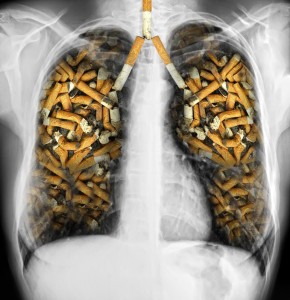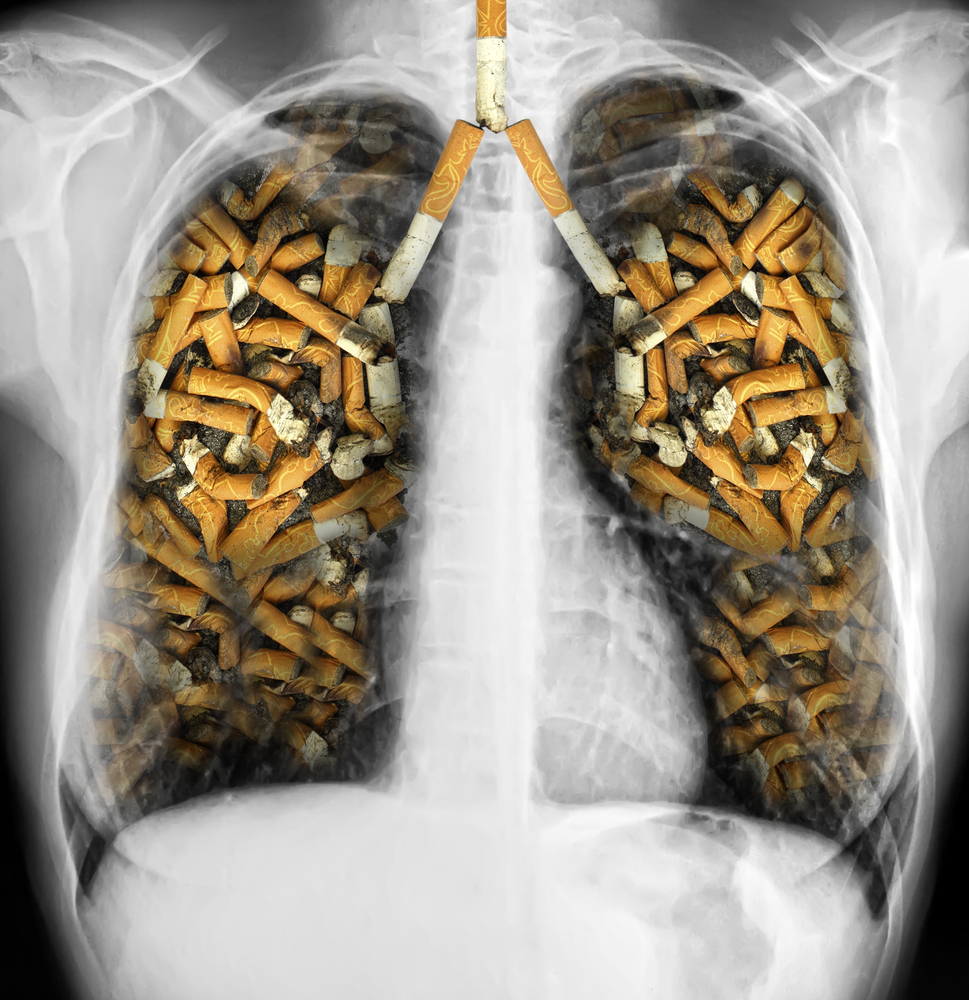 In a recent post on behalf of the Harvard Women’s Health Watch, Beverly Merz, Executive Editor discusses the recent findings regarding cost-effectiveness and cover of CT screening for hidden lung cancer.
In a recent post on behalf of the Harvard Women’s Health Watch, Beverly Merz, Executive Editor discusses the recent findings regarding cost-effectiveness and cover of CT screening for hidden lung cancer.
Lung cancer is the most commonly occurring noncutaneous cancer in men and women combined in the United States and is the leading cause of cancer deaths. In 2014 alone, it is estimated that there will be 224,210 new cases diagnosed, and 72,330 women and 86,930 men will die from this disease. The lung cancer death rate rose rapidly over several decades in both sexes, with a persistent decline for men commencing in 1991. From 2006 to 2010, death rates decreased by 2.9% per year in men and by 1.4% per year in women.
The most important risk factor for lung cancer (as for many other cancers) is tobacco use. This causative link has been widely recognized since the 1960s, when national reports in Great Britain and the United States brought the cancer risk of smoking prominently to the public’s attention. The percentages of lung cancers estimated to be caused by tobacco smoking in males and females are 90% and 78%, respectively.
There have been intensive efforts to improve lung cancer screening with newer technologies. The National Lung Screening Trial (NLST) showed that screening with low-dose helical computed tomography (CT) of the chest in patients at high risk for lung cancer was associated with a 20% reduction in mortality.
A new study published this week on The New England Journal of Medicine, entitled Cost-Effectiveness of CT Screening in the National Lung Screening Trial, aimed at examining the cost-effectiveness of screening with low-dose CT in the NLST.
For this study, estimations were based on the mean life-years, quality-adjusted life years, costs per person and incremental cost-effectiveness ratios for three-alternative strategies: screening with low-dose CT, screening with radiography, and no screening, from a subgroup of participants who were selected to complete quality of life surveys.
The NLST is a joint effort of the American College of Radiology Imaging Network (ACRIN) and the Lung Screening Study (LSS), where a total of 53,452 subjects were randomly assigned to undergo one of the tree screening categories. Participants were eligible if aged between 55 and 74 years and with a smoking history of at least 30 pack years. The final sample for data analysis included 53.302 eligible participants.
Results from this study revealed that the cost of adding one good year to a person’s life through CT screening is $81,000. Tests or procedures that cost less than $100,000 per year added are considered cost effective. The analysis identified two groups for whom screening was the most cost-effective—current smokers and people aged 60-74.
As Beverly Merz stated in her opinion article, “people with private insurance will have low-dose CT scans covered. But those with Medicare may not, thanks to the decision of a Medicare advisory committee”.


